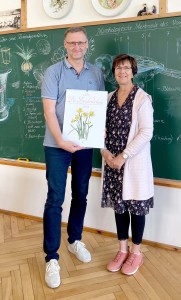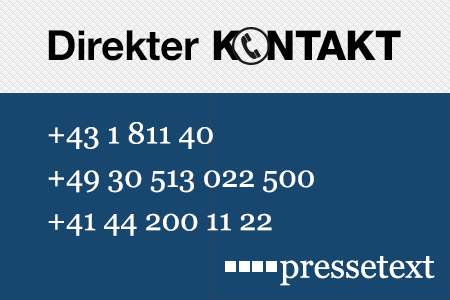The Meissen Drawing School: Painting to ist highest Perfection, since 260 years
The calendar of the drawing school 2024 on the occasion of 260 years
 |
. |
Sargans/Meissen (ptp006/19.05.2023/07:00)
To mark the 260th anniversary of the founding of the Meissen Drawing School, we have searched deeply in the archives to find some of the oldest drawings. For example, the cover picture by M. Griesbach from 1926, the early bloomers in March date back to 1948 and the drawing in January dates back to 1950 as well as in May to 1954.
The Drawing School is the start of a targeted training in the Meissen manufactory. Its existence takes account of the fact that training the interplay of eye and hand is an important practical preparation for the arts and crafts professions. Talent is a good prerequisite, but it alone is not enough to reach the goal. That is why porcelain designers and porcelain painters who have been working in the profession for a long time help apprentices to internalise important experiences in observing, recognising and depicting.
How it all began:
In 1720, the 24-year-old Johann Gregorius Höroldt came from Vienna to Meissen to work for the porcelain manufactory. In a very short time he found many recipes for ceramic colours and, what was special, he also processed them. Höroldt lead porcelain decoration to its first artistic peak in the 18th century. Today, the manufactory associates his name not only with the memory of the most creative porcelain painter of the 18th century – he was the creator of most of the decorations that were created for porcelains of the Meissen manufactory between 1720 and 1764 – but also with the founder of the drawing lessons. Although these lessons could not yet be called systematic training, it was a first step.
An improvement occurred when Johann Joachim Kaendler joined the manufactory in 1731, at the age of 25, and soon afterwards, in 1734, became model master. In 1740 he took over the direction of mould design in the manufactory and devoted himself to training in this context. He regularly gave lessons in drawing and modelling.
In 1743, the painter and architect Carl Heinrich Jacob Fehling from Dresden took over the training of the "Lehr-Purschen" (apprentices). He was the first person to teach exclusively in the manufactory. Assistants helped, successors followed – and so the commitment of individuals eventually led to the establishment of a drawing school.
In 1764, the drawing school, known as the "Meissen Art School" and subordinate to the Dresden Academy of Arts, was founded.
The court painter Christian Wilhelm Ernst Dietrich was put in charge. He held this office until 1770. After that, the drawing school was again under the direct influence of the Meissen manufactory. The process of changing subordination was repeated from 1814 to 1836. In 1893, the school was even dissolved and gifted students were delegated to the Dresden School of Arts and Crafts. The realisation that an in-house training was the most favourable solution led to the manufactory taking over the management of the drawing school again in 1906. The focus was increasingly on recruiting outstanding artists from the company's own work-shops to teach at the school.
This principle still determines the training today. One generation opens up its treasure to the next. That treasure is knowledge, skill, experience, joy, discipline – everything that is needed to become a manufacturist.
(end)| Aussender: | Weltbuch Verlag GmbH |
| Ansprechpartner: | Dirk Kohl |
| Tel.: | +4915158744585 |
| E-Mail: | verlag@weltbuch.com |
| Website: | www.weltbuch.com |





